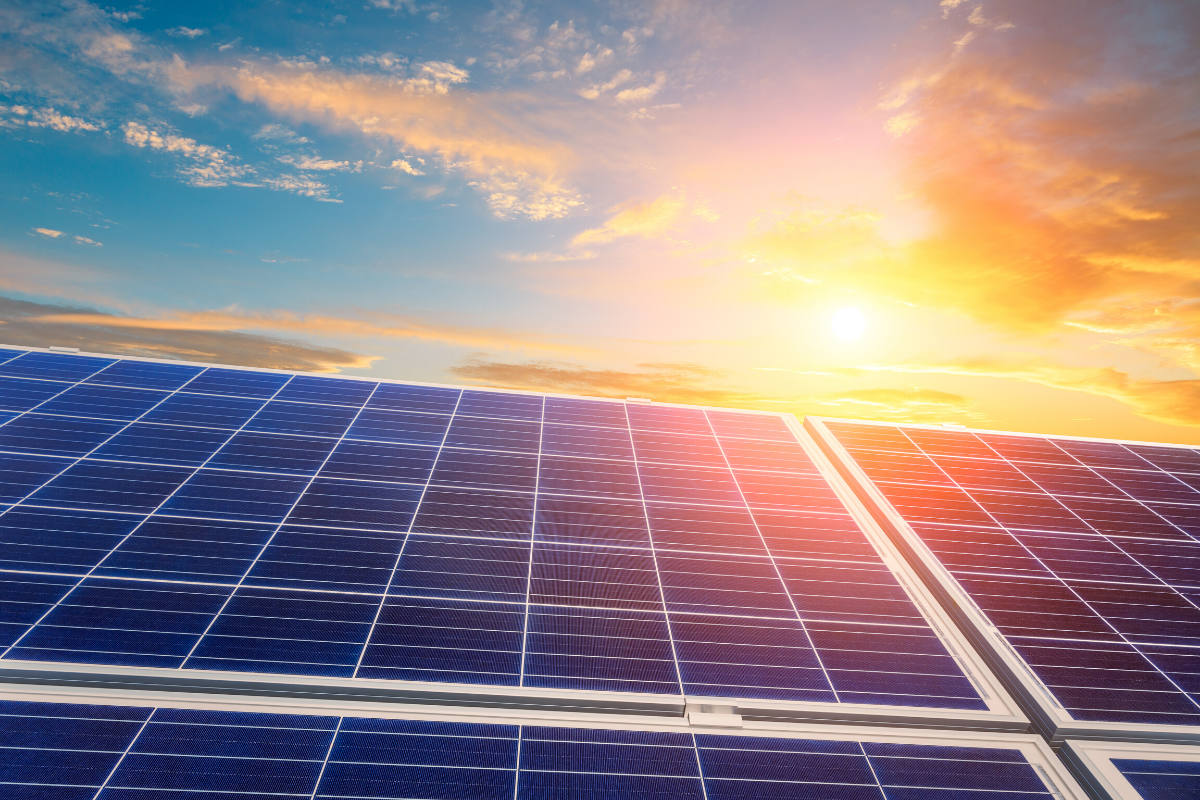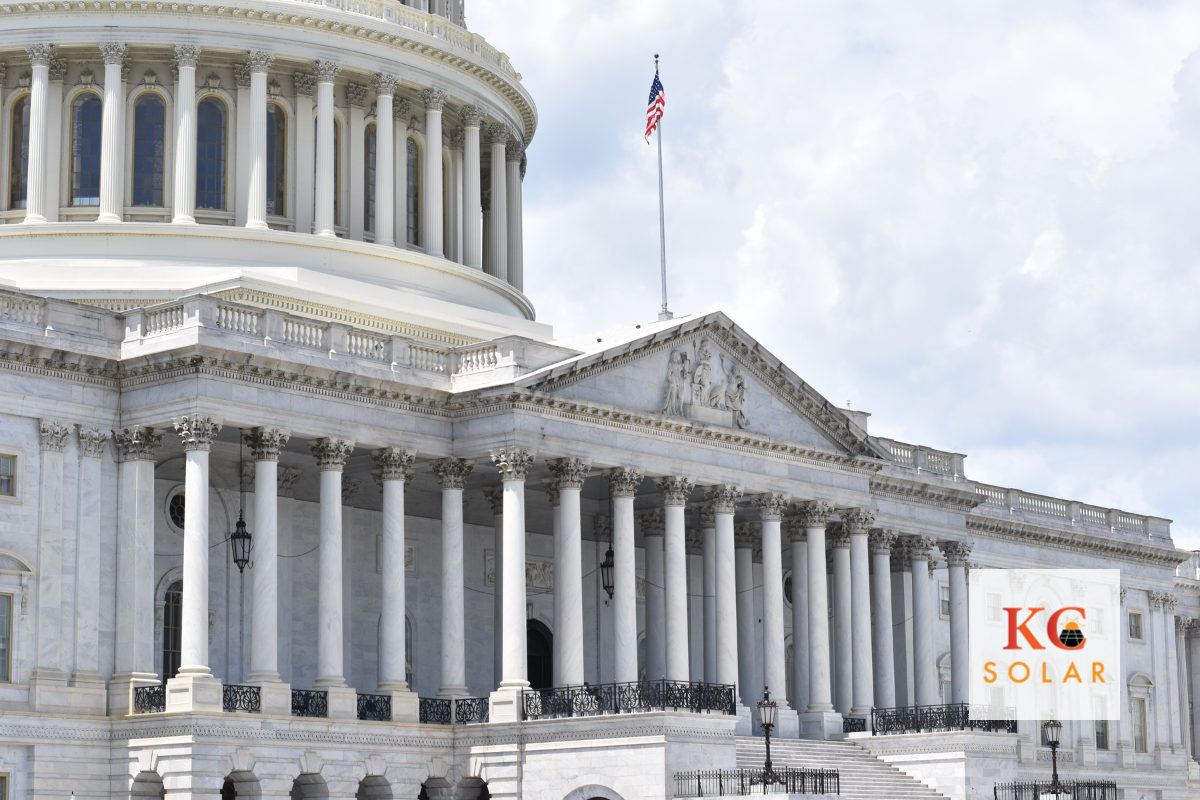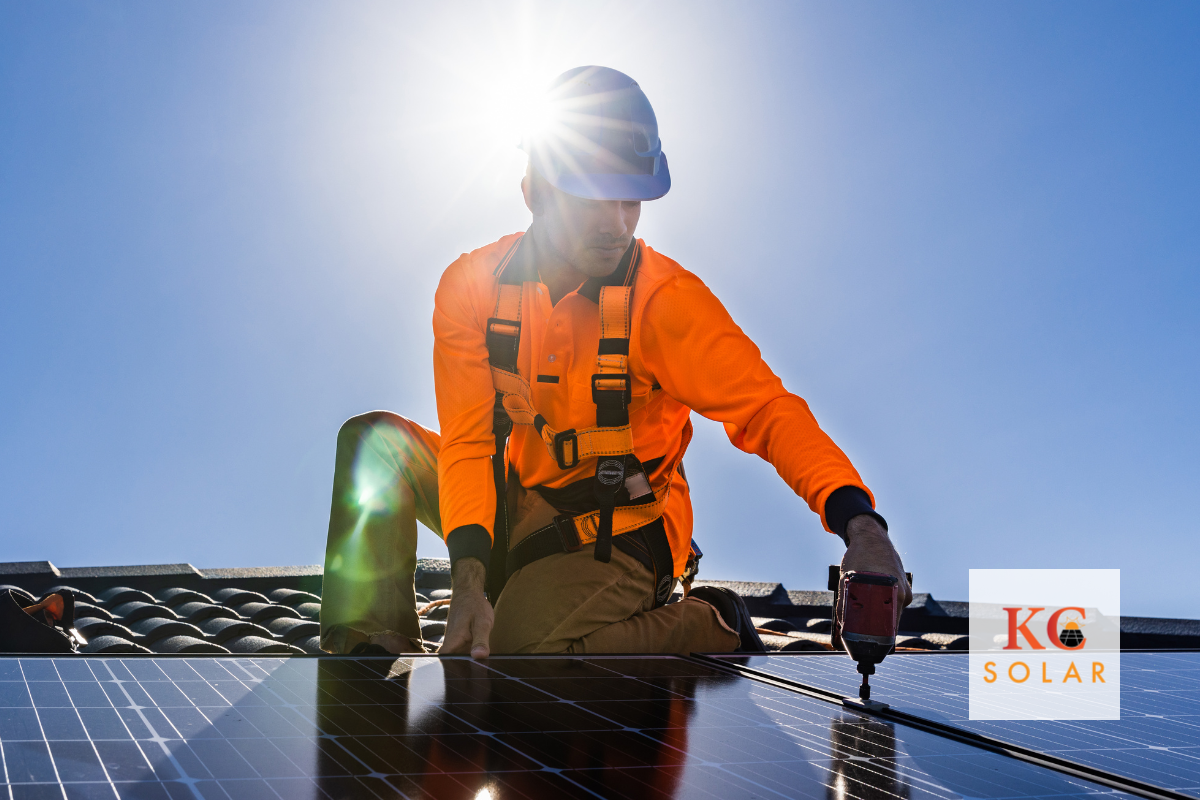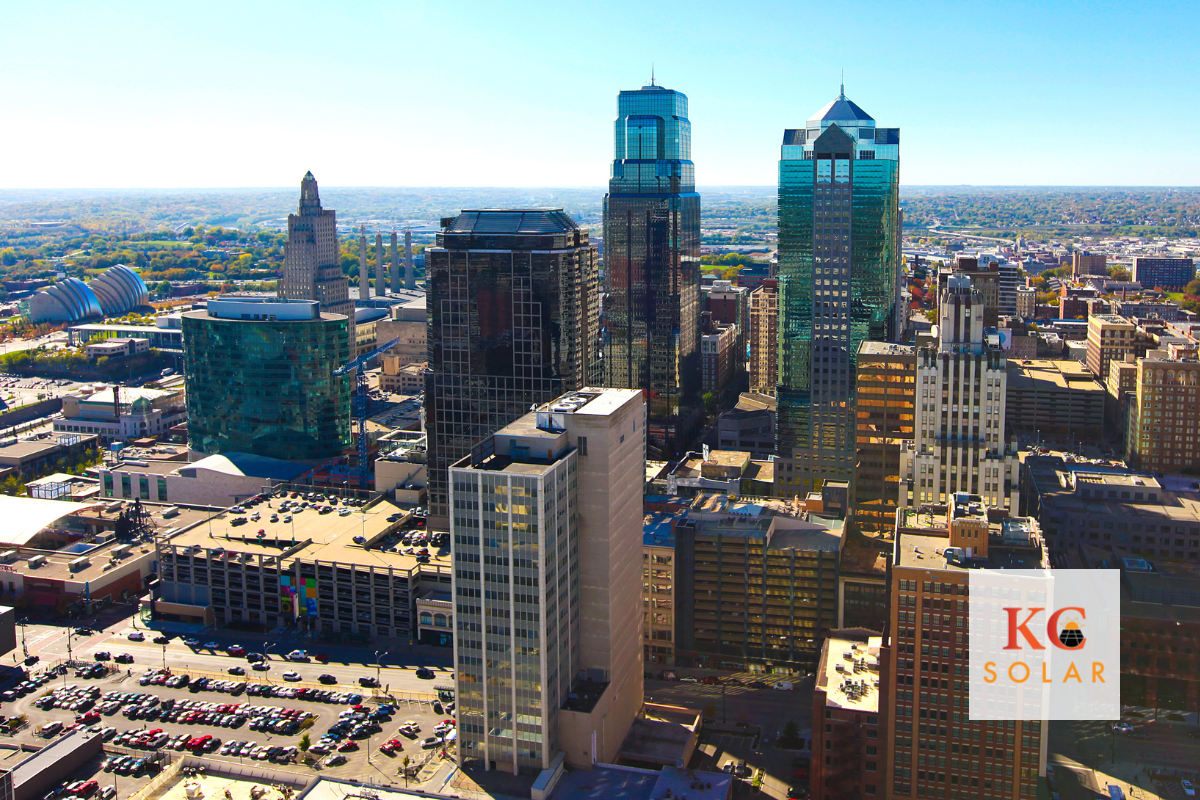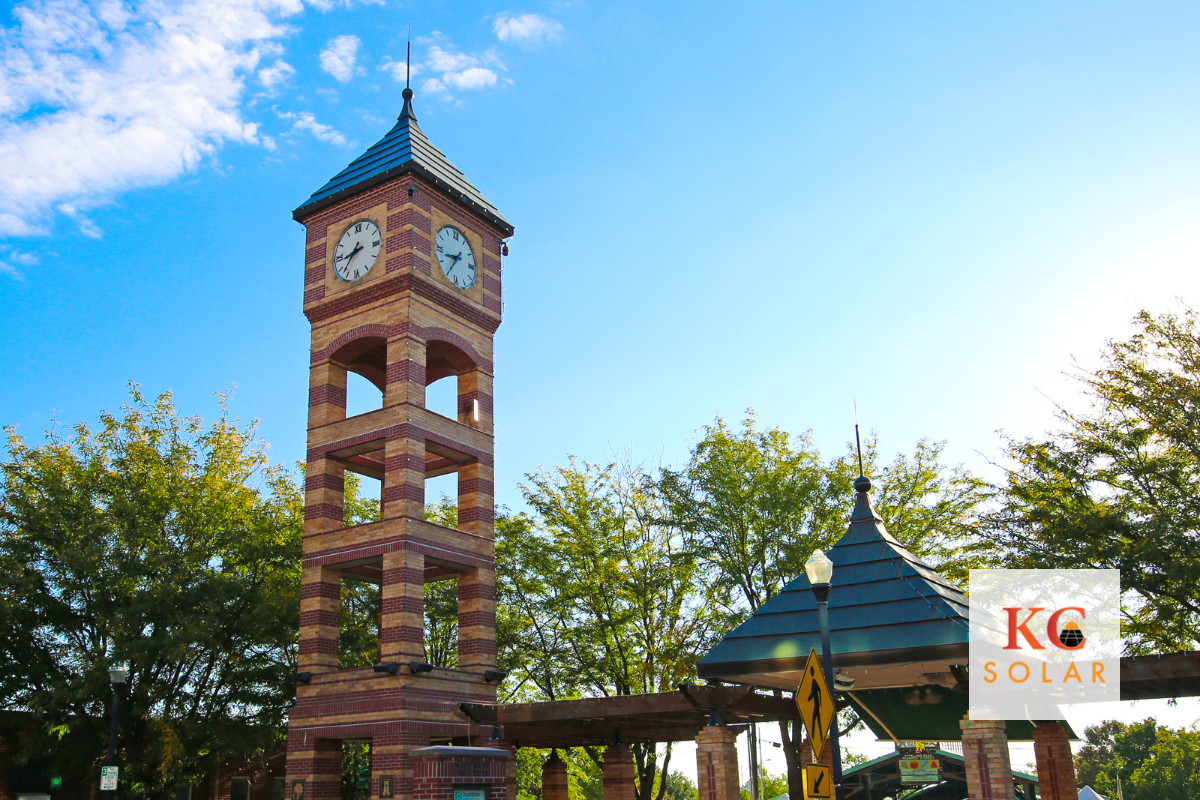Back in April, on the eve of Earth Day’s 50th anniversary, a new documentary was released on YouTube, free for viewers. “Planet of the Humans,” produced by the Oscar-winning yet occasionally controversial Michael Moore, argues that renewable sources of energy may be more problematic than they seem.
With many documentaries, it’s important to take the claims with a grain of salt and conduct individual investigation in order to see the full picture. And Planet of the Humans is no different. Even if you’re a fan of Moore’s previous documentary work, it’s clear that the filmmakers took some creative liberties when it comes to the truth.
And not only that – there’s the fact that this documentary has been in progress since 2010. Think about how much has changed in the world since then. How much has changed in the world of technology, renewable energy and environmental science since then.
All that being said, let’s discuss a few of the myths about solar energy that were perpetuated through this documentary.
Myth #1: Manufacturing solar panels isn’t environmentally-friendly
“You use more fossil fuels [manufacturing renewable technology] than you’re getting benefit from. You would have been better off burning the fossil fuels in the first place instead of playing pretend.” – Ozzie Zehner, author and film producer.
According to Planet of the Humans, solar panels and other renewable technologies, such as wind turbines, generate less energy throughout their lifetimes than it takes to manufacture them.
Of course, some energy is required to construct these technologies. However, the claim that solar panels take more energy to manufacture than they produce is a myth that has been repeatedly disproved over the years.
Fact: According to a study by the National Renewable Energy Laboratory, the manufacturing energy cost vs. the energy production payback is generally less than 4 years for solar panels.
This means that when it comes to solar panels, it usually takes 4 years or less for the amount of energy used during manufacturing to be offset by the amount of energy generated.
Myth #2: Solar panels only last for 10 years
“I assumed solar panels would last forever,” Moore said in an interview with Reuters.
“I learned that the solar panels don’t last,” said director Jeff Gibbs during the film.
This is where Planet of the Humans really shows its age. The film makes the claim that solar panel systems only last 10 years. In the documentary, the directors visit a solar manufacturing exposition. Even the salesman they speak to expresses his skepticism regarding the future of solar energy.
“Solar panels are built to only last 10 years. It’s not like you get this magic free energy. I don’t know that it’s the solution, and here I am selling the materials that go in photovoltaics.”
Regardless of whether this was true in 2010, it’s definitely not the case today in 2020.
Fact: Most solar panels today come with a 25-year warranty. However, the majority of today’s solar panels are built to continually produce renewable energy for 30-40 years or more. (Energy Informative)
Myth #3: Solar energy isn’t efficient
“The efficiency of these panels is only about… just under 8%. If you happen to be NASA, and you happen to own a rover running around Mars, they have very efficient panels. But we can’t afford those, at about $1 million per square inch.” – Jan Nelson, Board of Water and Light (Lansing, Michigan).
Early in the film, the documentary team, including Gibbs, takes a tour of Cedar Street Solar Array in Lansing, Michigan. Jan Nelson from the Lansing Board of Water and Light leads the group through the solar array and gives an overview of the technology.
He explains that their solar array – which certainly appears to be of a substantial size – can only power about 10 homes and has an efficiency level of less than 8%. And when he makes a joke about the cost of more efficient solar panels, the documentary’s filmmakers not only decide to include the joke, but do nothing to refute this obviously satirical claim.
But solar experts agree that this 8% efficiency number indicates solar panels from another era. In fact, Cedar Street Solar Array was constructed in 2008. The world of solar energy and solar technologies has advanced significantly since then. And Planet of the Humans once again relies on outdated information to make its claims.
Fact: Solar panel efficiency levels keep increasing. And most solar panels on the market today have an efficiency of between 15% and 22%, nearly double or triple the 8% number stated in the documentary. (EnergySage)
KC Solar: Your Partner in Solar Energy
Taking all of these myths into account – plus the many others that are perpetuated through the length of Planet of the Humans – it’s easy to imagine why some people may feel disillusioned about the idea of renewable energy, including solar.
But a simple investigation into many of the documentary’s central claims helps us paint a different picture. One that shows us that much of the film’s central arguments are outdated and distorted to influence the audience’s perspective. And it reminds us that it’s important to be critical of all information we consume and do our own research to find the facts.
If you are looking for the best solar company in Kansas City, look no further than KC Solar. They are your local Kansas City solar panel installation experts. Once you schedule a no-pressure site visit, our experts will help you understand what solar system specifications would be best for your home or business.
KC Solar is the only local solar company in Kansas City with KC natives who own and operate the daily activities of the business. What does that mean for you? We care about you because we care about this city, and we only want the best for it.
And be sure to download our Free Solar Panel Buying Guide for more information.
We look forward to serving you!

